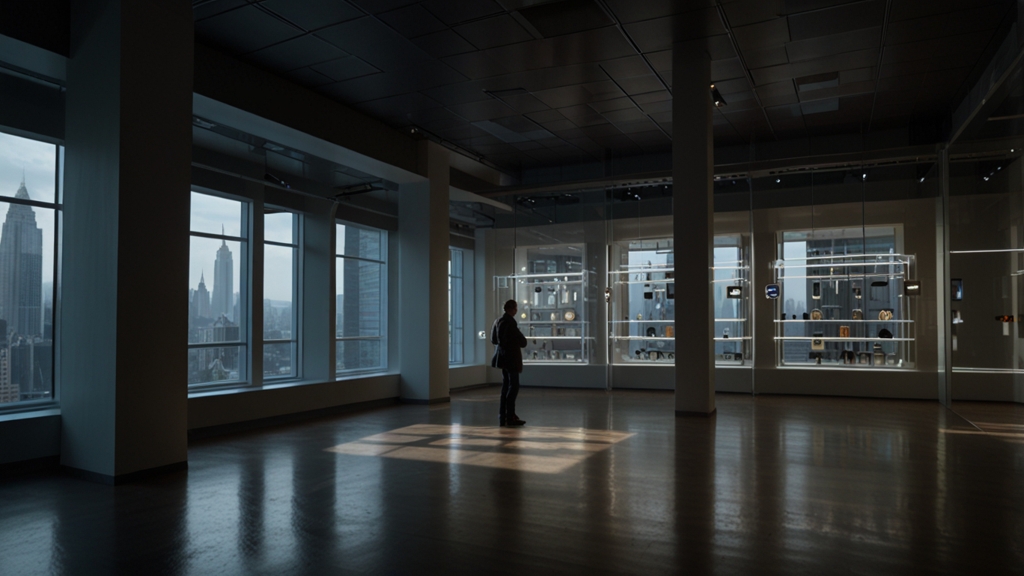Propaganda Posters: Art That Shook the World During the Wars
Throughout the turbulence of the 20th century, propaganda posters emerged as powerful tools that shaped public opinion, mobilized nations, and fueled war efforts. These pieces of art were more than mere drawings; they encapsulated the zeitgeist, conveyed persuasive messages, and moved millions to action. This article delves into the impact of propaganda posters during the World Wars, exploring their artistry, symbolism, and enduring legacy.
The Role of Propaganda Posters
The use of propaganda predates the World Wars, but it was during these cataclysmic conflicts that the medium truly came into its own. Governments needed a way to communicate with their citizens quickly and effectively, and propaganda posters became a prime vehicle for this purpose. These works of art played multiple roles: rallying troops, demonizing the enemy, encouraging resource conservation, and boosting civilian morale.
"Posters were not just decorations but were vital instruments of warfare and social engineering. They had to be visually compelling and instantly understandable."
Artistry and Style
Each country developed its own distinctive style for its propaganda. In the United States, Norman Rockwell’s idyllic imagery aimed to promote patriotism and the American way of life. In contrast, the Soviet Union employed stark, bold graphics designed by prolific artists like Dmitry Moor, intended to invoke a sense of urgency and collective duty.
Germany's propaganda, under the Nazi regime, featured highly stylized, dramatic visuals created by artists such as Ludwig Hohlwein. These posters often utilized strong imagery and symbolism designed to evoke feelings of nationalism, fear, and obedience.
Iconic Posters
Several propaganda posters have gained iconic status over the years, transcending their original purposes to become cultural artifacts. For example, James Montgomery Flagg’s "I Want YOU for U.S. Army" poster, featuring a stern Uncle Sam pointing directly at the viewer, became one of the most enduring images of American military recruitment.
"The success of a propaganda poster lies in its ability to pinpoint common emotions and amplify them, wrapping them in a narrative that can spread like wildfire."
In the UK, the “Keep Calm and Carry On” poster, initially designed as a morale booster during World War II, has seen a resurgence in modern times as a symbol of resilience and stoicism. Soviet posters like “Have You Volunteered?” depicting a red-armored soldier, reinforced the message of communal responsibility and sacrifice.
Psychological Impact
The effectiveness of these posters rested on their psychological impact. By combining potent imagery with concise, compelling slogans, propagandists were able to tap into deep-seated emotions such as fear, pride, and anger. Strategic placement in public spaces ensured high visibility, and the repetitive exposure helped ingrain the intended messages into the public psyche.
The use of bright colors, dramatic contrasts, and powerful symbology made these posters difficult to ignore, creating a visual assault that left a lasting impression on all who saw them. The use of familiar cultural elements and figures also helped to ground the propaganda in a context that was easily relatable and understandable by the general populace.
The Enduring Legacy
Even after the wars ended, the legacy of these propaganda posters persisted. They became windows into the past, offering insights into the societal values, fears, and motivations of the time. Museums and collectors continue to preserve these artifacts, ensuring that future generations can study and learn from this powerful form of visual communication.
In contemporary times, the principles behind these posters still influence political campaigns, advertising, and social movements, proving that the art of persuasion through visual means is timeless.
In conclusion, propaganda posters were more than mere tools of wartime governments; they were compelling works of art that captured the collective spirit, motivated actions, and left an indelible mark on history. Their ability to convey powerful messages in a visually arresting manner ensured their place as significant cultural and historical artifacts, proving that art can indeed shake the world.













